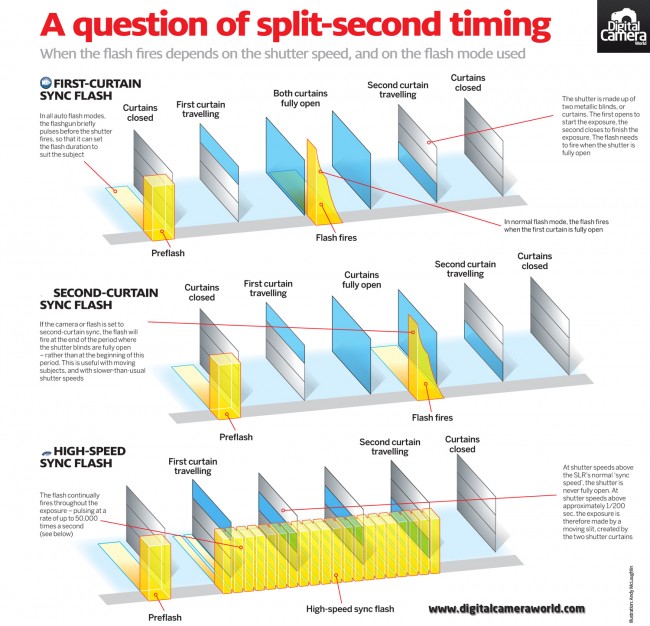Digital Photography Tips For Beginners: Understanding Your Video Camera In No Time
Digital Photography Tips For Beginners: Understanding Your Video Camera In No Time
Blog Article
Material Author-Lundgreen Bryant
When you initially get your cam, it can feel overwhelming with all the settings and alternatives available. You might find yourself wondering exactly how to navigate aperture, shutter speed, and ISO properly. Mastering these principles is crucial, however there's more to photography than just technical knowledge. Recognizing structure strategies and lighting problems can raise your images drastically. So, suppose you could learn basic methods to enhance your skills and start catching remarkable pictures quicker than you think? Let's discover exactly how to transform your digital photography trip.
Understanding Electronic Camera Setups
Comprehending your electronic camera settings is vital for capturing sensational photos. When you get your camera, familiarize on your own with the 3 major setups: aperture, shutter rate, and ISO. Each plays an important duty in just how your images end up.
Start with aperture, which manages the amount of light getting in the lens. A broader aperture (reduced f-number) allows extra light and develops an attractive background blur, best for pictures. Alternatively, a narrower aperture (higher f-number) keeps more of the scene in emphasis, ideal for landscapes.
Next, https://writeablog.net/gertha37azalee/checking-out-the-world-via-the-lens-traveling-photography-basics on shutter speed. This setup identifies how much time your electronic camera's sensing unit is exposed to light. A rapid shutter rate ices up movement, which is wonderful for activity shots, while a sluggish shutter rate can create spectacular effects like smooth water in landscapes.
Finally, change your ISO. This setting influences your camera's level of sensitivity to light. A greater ISO serves in low-light scenarios but can introduce noise or grain. Go for the lowest ISO feasible while still achieving correct exposure.
Structure Strategies
When you're out shooting, make-up can make all the distinction in exactly how your photos resonate with audiences. Start by utilizing the policy of thirds; visualize your frame divided into 9 equal sections with two straight and 2 upright lines. Setting key elements along these lines or at their junctions to create equilibrium and passion.
Next, think about leading lines. These all-natural lines in your scene, like roads or rivers, draw the viewer's eye into the photo, leading them with the story you're telling.
Do not forget framing; usage aspects within your scene, like trees or home windows, to create a frame around your topic, including deepness and focus.
Likewise, keep an eye on your background. A cluttered background can sidetrack from your major topic, while a basic one helps it stick out.
Finally, explore symmetry and patterns; they can produce a striking picture that records focus.
Mastering Illumination Issues
Mastering lights conditions is crucial for catching stunning pictures, as the right light can change an ordinary scene into something phenomenal.
Begin by observing all-natural light at different times of the day. Mornings and late afternoons offer the most effective light, called the golden hour. The soft, cozy tones during these times can enhance your pictures magnificently.
Don't shy away from cloudy days either; diffused light can reduce harsh shadows and produce a pleasing result, particularly for portraits.
Experiment with backlighting by placing your topic versus the light. This strategy can develop a dreamy halo result and include depth to your images.
Take note of your electronic camera settings as well. Adjust Best professional photographer near me , aperture, and shutter speed to suit the illumination problems. A higher ISO can assist in reduced light, however be cautious of grain.
Utilize a tripod in darker atmospheres to stay clear of blur.
Last but not least, do not neglect synthetic illumination. Flash and continual lights can be fantastic devices for managing light in tough problems.
Final thought
In conclusion, mastering your camera doesn't need to be frustrating. By understanding your setups, using structure methods, and harnessing the power of natural light, you'll swiftly boost your digital photography abilities. Bear in mind, practice makes perfect, so go out there and trying out your newly found understanding. With https://squareblogs.net/earle5330arlen/exploring-the-world-with-the-lens-traveling-digital-photography-basics and commitment, you'll be catching stunning pictures that reflect your special perspective. Appreciate the journey, and don't forget to have a good time while you go to it!
